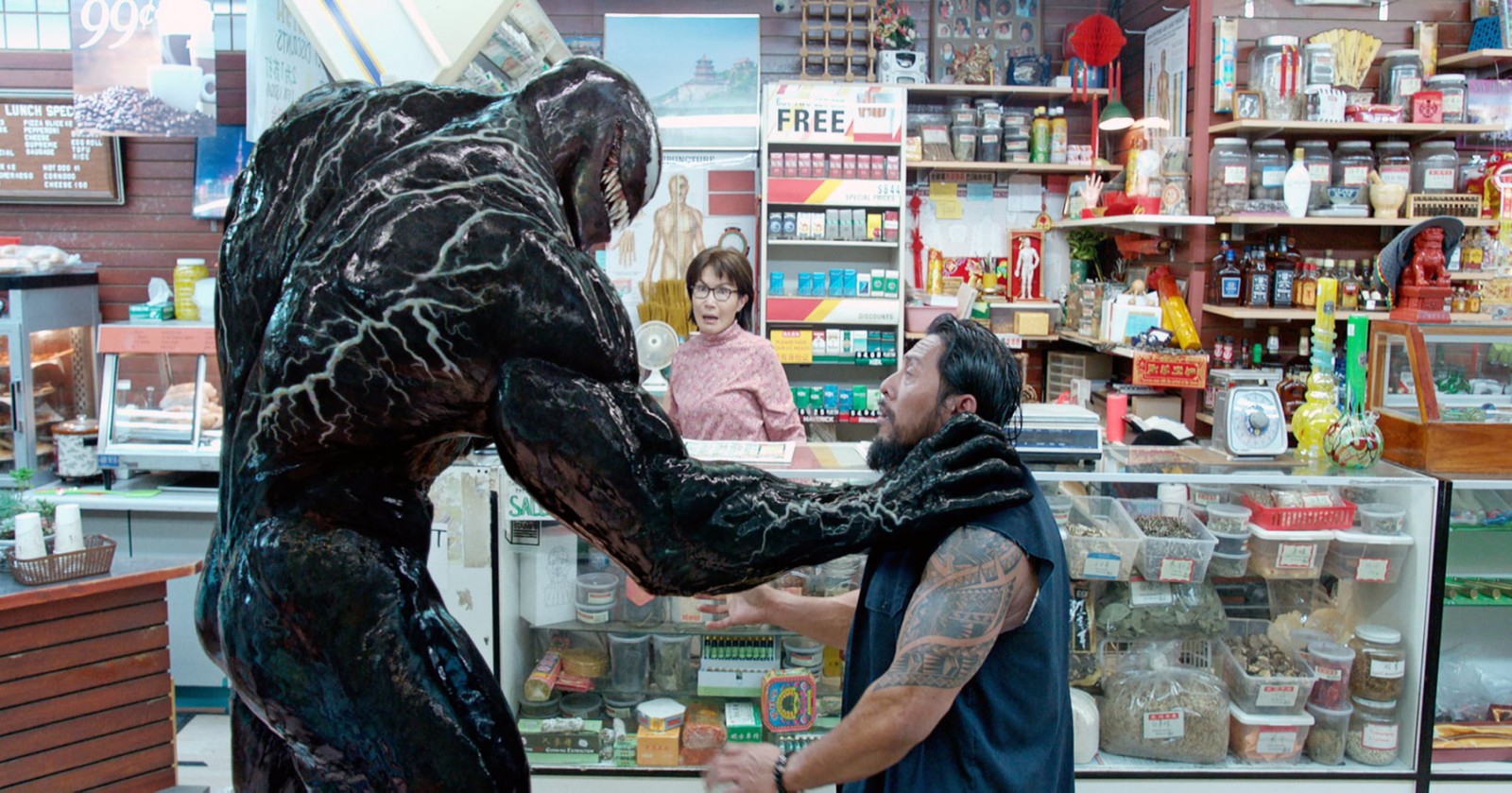
Our Daily Censorship30.10.2018
When, in the Golden Age of Hollywood, producers were creating the Hayes Code, no one expected that it would forever change the face of American film. Today, there is no uproar anymore over nudity, multiple murders, or the word “fuck”. Well, unless it was uttered more than once.
The period between 1930 and 1950 is for many the most important one in American cinema. During its Golden Age, Hollywood produced over 400 films a year, which was an astounding achievement given the small number of production studios, and the fact that the cinema business was still in its infancy at the time. Some films created right after the introduction of sound into films in 1927 – such as Gone With the Wind or Casablanca – have become timeless classics. And although this period is considered to be crucial for American cinema, the industry of that era had to deal with censorship under the guise of the Hays Code. Numerous film scandals featuring movie stars and filmmakers, such as the alleged rape of the actress Virginia Rappe by the comedian Fatty Arbuckle, or the mysterious murder of William Desmond Taylor, had tarnished Hollywood’s reputation.
The Hays Code, compiled in the 1930s by the American politician William Harrison Hays, was meant to improve the image of American cinema around the world. It had one guiding principle – no film was to demoralize the audience. Filmmakers were no longer able to show nudity, sex, or evil characters in a good light, and film kisses could last no longer than 3 seconds. There were many restrictions, and even more ways to circumvent them. For many years, filmmakers fought against these constraints – the biggest virtuoso in this respect being Alfred Hitchcock. His 1946 film Notorious features a kiss scene that is over 2 and a half minutes long. In order to avoid censorship, he asked his actors – Ingrid Bergman and Cary Grant – to stop kissing every three seconds and talk to each other for a bit. In 1968, the Code was abolished in the wake of the sexual revolution. As could be expected, after the restrictions were removed, filmmakers drank in their freedom, and Hollywood films were flooded with violence. Gangster movies flourished (Bonnie and Clyde, dir. Arthur Penn), but so did films that showcased the hippie ideology, such as Dennis Hopper’s Easy Rider.
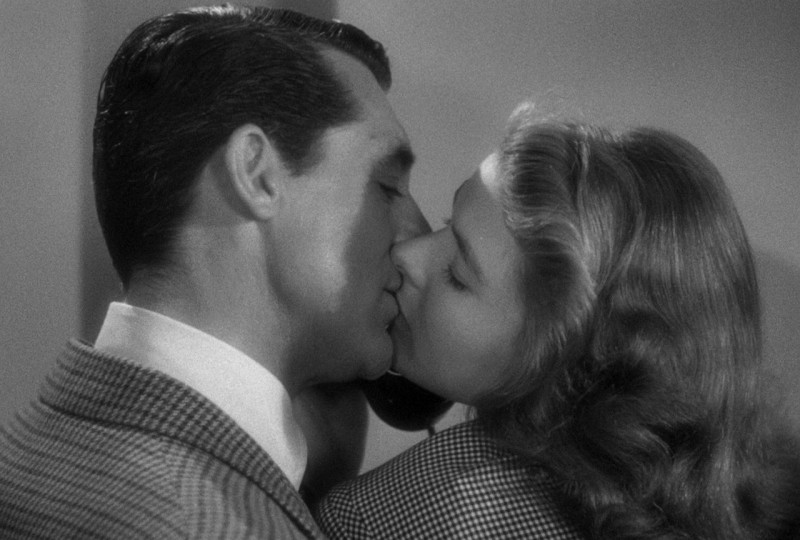
In the 1970s, TV and film were growing in popularity, also among children and young adults. Given the number of controversial film productions, studios had to finally introduce some age restrictions. That is how the MPAA, or Motion Picture Association of America, was created. A team consisting of representatives from the six biggest film studios: The Walt Disney Studios, Sony Pictures Entertainment, 20th Century Fox, Universal Studios, Paramount Pictures, and Warner Bros, was to define the minimum age of audiences for individual films. To this day, members of this association analyze films in terms of language, themes, and whether they promote alcohol and drug use. Submitting your film to this evaluation is not mandatory, but it is recommended, as American cinemas usually don’t screen unrated films.
The MPAA issues the following ratings:
G – General Audiences – films that everyone can watch;
PG – Parental Guidance Suggested – films that should be watched with a parent because they might contain more controversial themes or characters;
PG-13 – Parents Strongly Cautioned – films with this rating might contain violence (but not blood), and the word “fuck” can be used once;
R – films meant for viewers over the age of 17. R-rated films contain lewd jokes, nudity, and violence. Filmmakers in this category aren’t bound by any restrictions.
Although contemporary filmmakers are often called brave and transgressive, it turns out that most films made today are rated PG-13. The main reason why this particular age group is most popular among producers is the quick and easy money it offers. Filmmakers vie for the audience’s attention, and setting the age restriction this low increases the potential number of filmgoers. The industry consciously censors itself in order to maximize profit, not just from ticket sales, but also from other sources, such as film merchandise – this tactic is used by, among others, the superhero genre.
The most commented on recent PG-13 film was the adaptation of the Venom comic book – a dark tale with a decidedly intense anti-hero at its center. Fans were expecting gloom and gore, but were instead served something quite different. Sony cut out over 40 minutes from the final version, and thus changed the film’s rating to PG-13. This allowed it to have a 80 million opening weekend, the biggest one of the season. The decision was quite controversial, with the star of the film, Tom Hardy, going on record that his favorite portion of the film was the one that was cut out.
The fact that changing the rating can entirely alter a film was proven by Marvel Studios. As they were making their series based on the character of Wolverine, they gradually narrowed their target audience. When in 2009, X-Men Origins: Wolverine hit the screens, it was rated PG-13 and earned the dubious honor of being called the worst film produced by Marvel. It was only in 2017, when Wolverine was rated R, that he could truly spread his claws – Logan, directed by James Mangold, was nominated for an Oscar for best adapted screenplay.
Age restrictions don’t just apply to superhero movies, they also affect the tone of dramas, romantic films, and comedies. The Ocean’s series, based on a film from the 1960s and revamped in 2001 by Steven Soderbergh, was to be an homage to classic gangster flicks. But after talking to producers, its authors changed the target audience, foregoing the staples of the genre - vulgar dialogue and gunfights – in exchange for jokes. Thus, instead of gangster movies, the audience got a series of comedies. The attempt to censor Steve Jobs’s biography also produced dubious results. The film Jobs, directed by Joshua Michael Stern, turned out to be a simple parable devoid of artistic merit. It did not score big at the box office, despite getting a PG-13 rating. It was only two years later, when Danny Boyle decided to tell the story again in his Steve Jobs, that it made a profit, and received two Academy Award nominations. By having their film rated R, filmmakers were able to show their characters in a different, sometimes a bit controversial light. However, Hollywood still works under the assumption that PG-13 is a guarantee of financial success. Producers pick the scripts that will be easiest to sell to young viewers and their accompanying adults. Contemporary film market experts claim that this amounts to an “informal code”.
see also
- Aleksander Kropidłowski: In Search of Synthesis
 Papaya Films
Papaya FilmsPeople
Aleksander Kropidłowski: In Search of Synthesis
- Natasha Mwansa: Commercial that became a social experiment
 Papaya Young Directors
Papaya Young DirectorsPeople
Natasha Mwansa: Commercial that became a social experiment
- Diogo Abrantes: From copywriting to directing
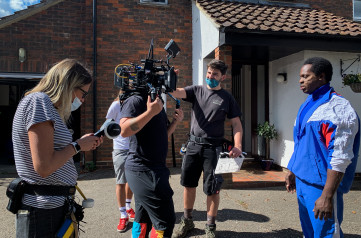 Papaya Young Directors
Papaya Young DirectorsPeople
Diogo Abrantes: From copywriting to directing
- Kamila Tarabura: A Creative Bond
 Papaya Films
Papaya FilmsPeople
Kamila Tarabura: A Creative Bond
discover playlists
-
PZU
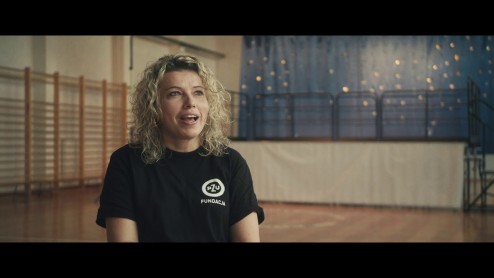 04
04PZU
-
Cotygodniowy przegląd teledysków
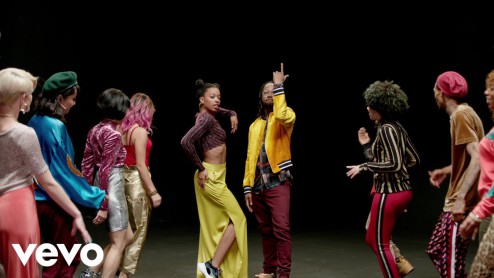 73
73Cotygodniowy przegląd teledysków
-
Teledyski
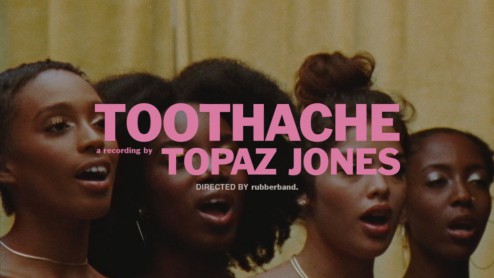 15
15Teledyski
-
Papaya Young Directors 5 Awarded films
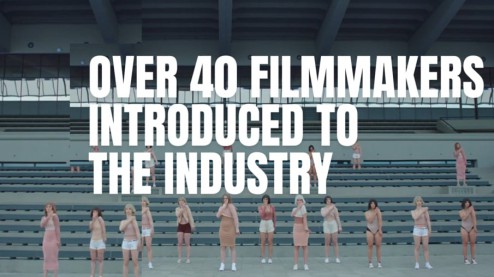 09
09Papaya Young Directors 5 Awarded films
